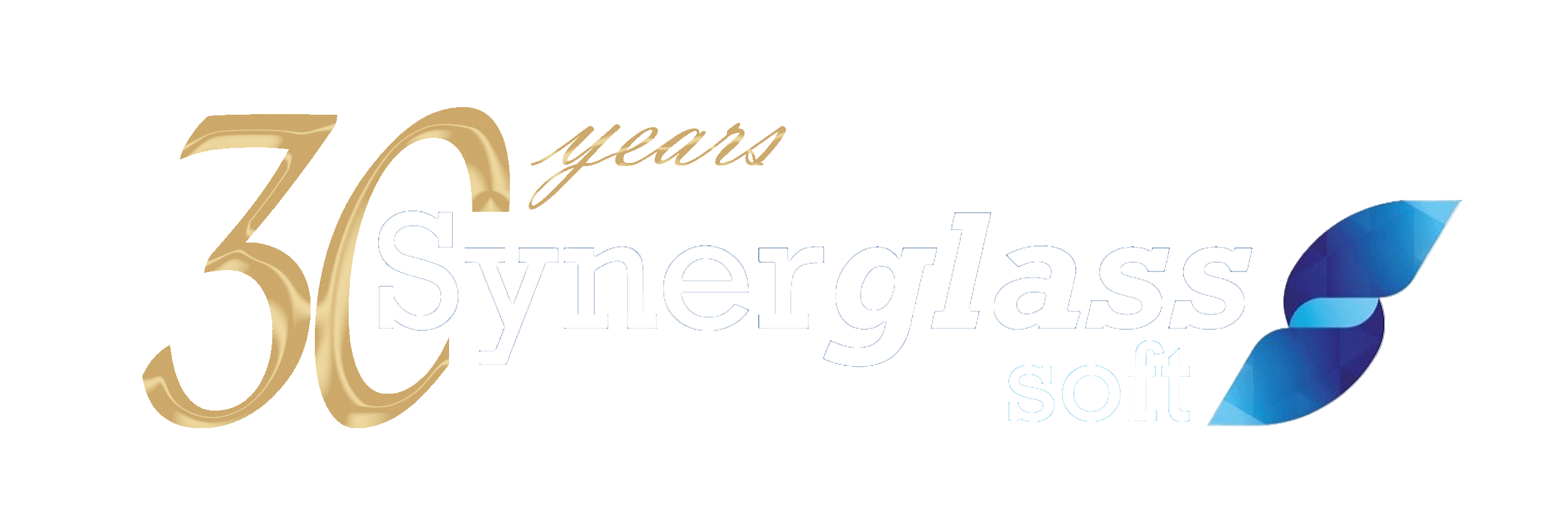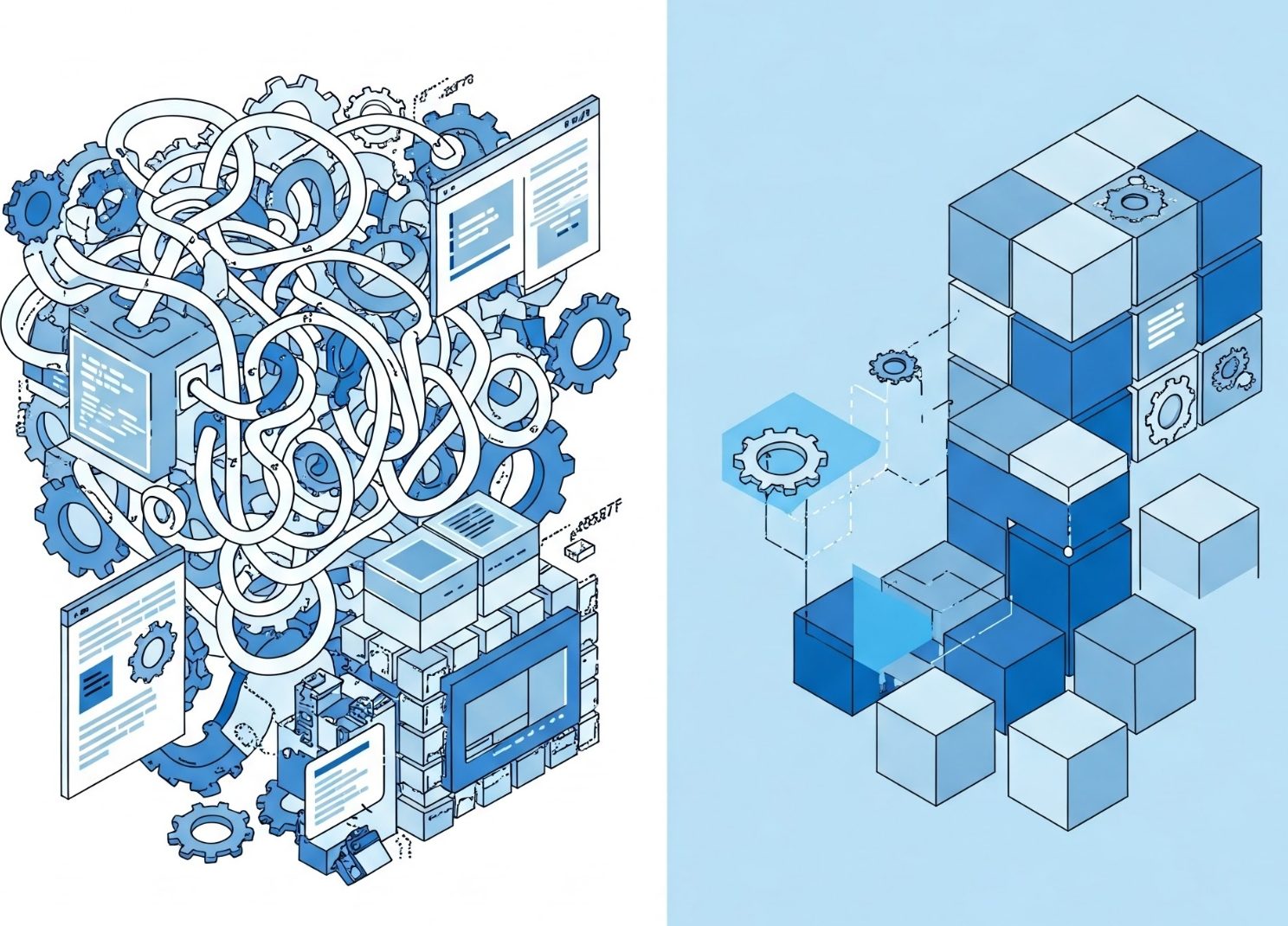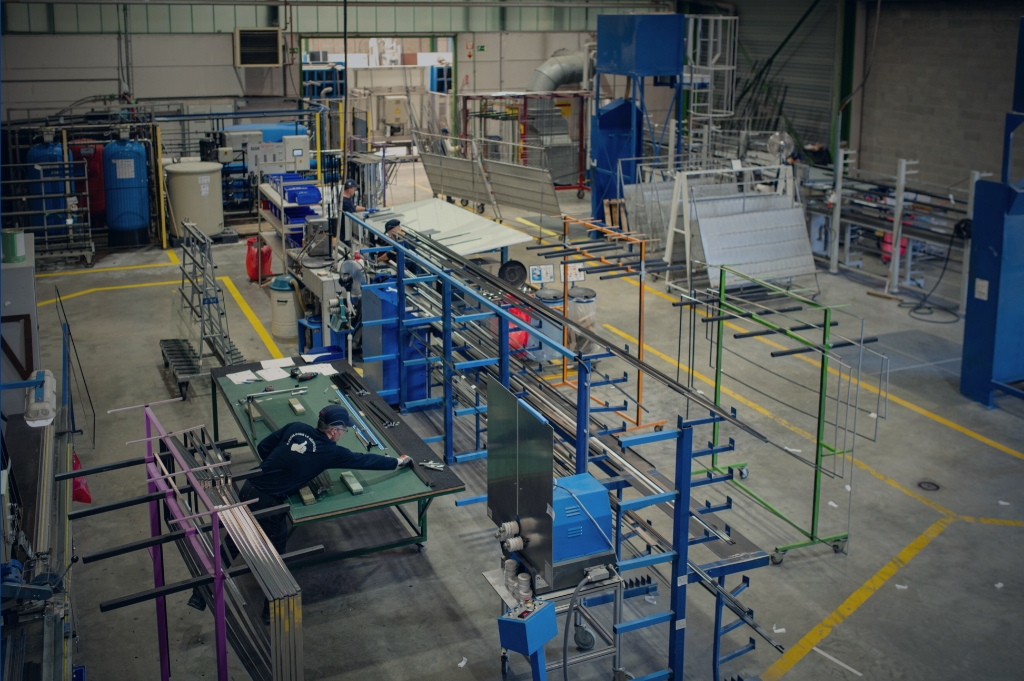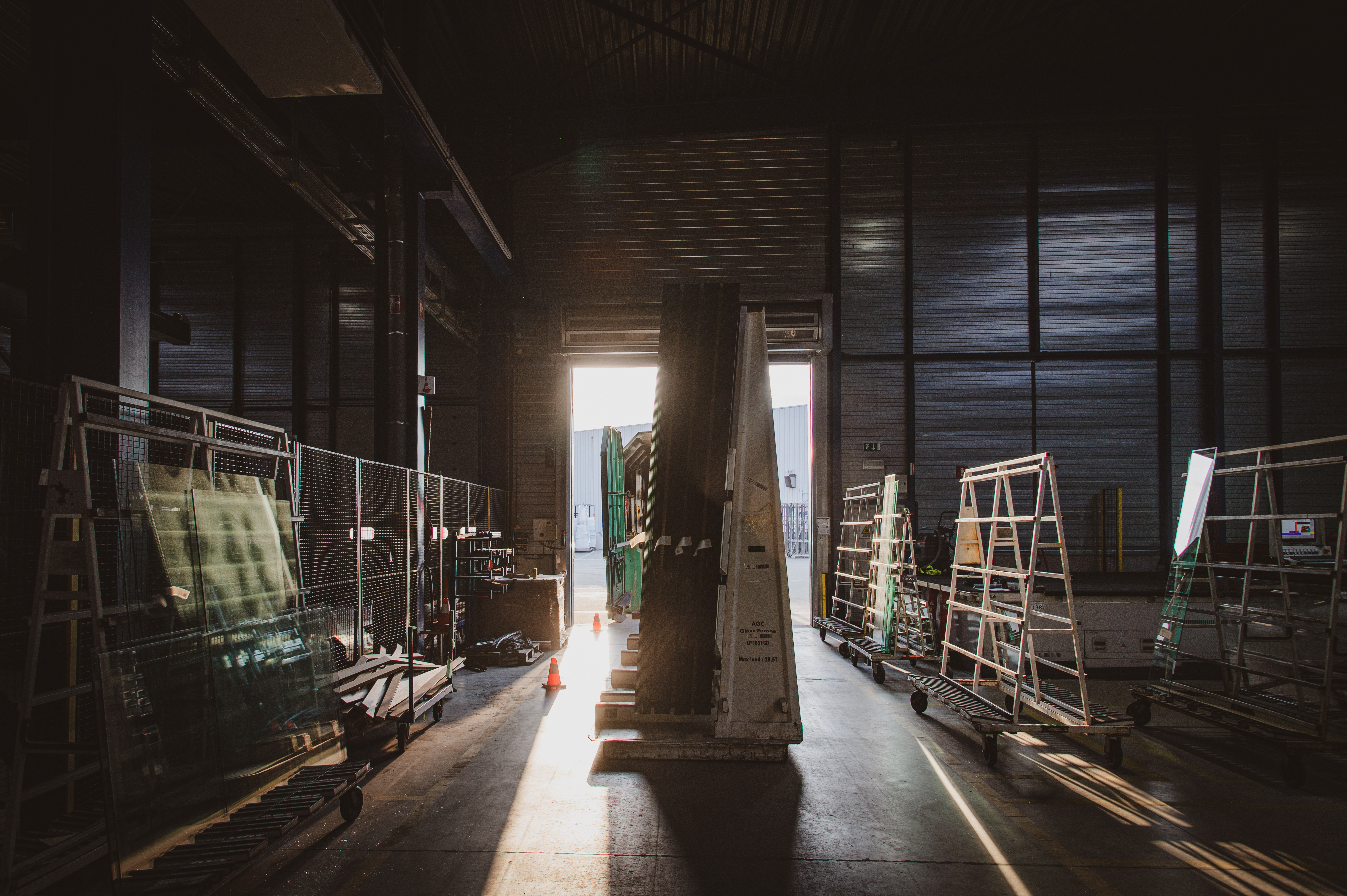Like we schedule regular health checks for ourselves and maintenance reviews of our vehicles, it is crucial to carry out regular health checks for your IT system(s). These checks are essential to check whether the current system is still relevant to our needs. However, companies often overlook the need for regular assessments of their ERP systems, as the process can be daunting.
With over 20 years of experience optimizing IT systems for glass processors, Synerglass-Soft has transformed operations for numerous clients. Our industry experts often approach glass processors with unique needs and pain points. Despite these differences, one common thread emerges: they recognize the inefficiencies with IT systems and disparate tools, but do not have a clear roadmap for resolution. So it is important to check whether your IT system matches your company’s needs or if it is time to consider another solution.
In this article, we aim to provide a comprehensive guide. It will equip you with a step-by-step checklist to evaluate your IT system’s health, ensuring you can identify inefficiencies and make informed upgrade decisions.
6 Steps to check the health of your IT system
Step 1: Identify your IT system capabilities
Understanding the capabilities of your current IT system is the first step in determining its effectiveness.
Your ERP needs to streamline, optimize, and automate operations, reduce errors, and enhance data accessibility from any department in your company. In addition, in today’s remote working environment, the accessibility to your ERP system from any location is important for quick decision-making and flexibility in operations.
To help you assess your current ERP system situation, ask yourself key questions, such as:
- Can your ERP handle every type of order, including specific shapes?
- Are there instances of double re-encoding or mistakes in order entry within your production process, at the cutting table, or in the accounting system for example?
- Can you access your system remotely from any location?
For example: “If you receive an order for a custom-shaped piece of glass, your ERP system needs to process it seamlessly, without requiring manual intervention or double data entry at different stages. If employees have to re-enter the order details at the cutting table or in the accounting system, this is a sign of inefficiency”
Step 2: Ensure your ERP system enhances efficiency
Once you have assessed your current ERP system, you should make sure your ERP system enhances efficiency.
Efficiency in the glass processing industry means doing more with less – optimizing available resources to minimize waste and maximize productivity. Your ERP system should help you save time and optimize workflows, thus reducing operational costs and improving overall productivity.
To determine if your ERP system meets these goals, you should consider whether it provides real-time data and analysis to support quick, informed decision-making. An effective ERP that saves time and reduces labor costs will directly enhance your bottom line.
To help you with this, ask yourself these key questions:
- Are your encoding personnel saving time at order entry with the current system?
- Is your current system able to process more orders per hour, or is the process still slow and complicated despite the system in place?
- Can your system handle the complexities of your production processes, including custom orders and specific glass shapes, without manual intervention?
Indeed, an effective ERP system should automate routine tasks such as order processing and financial reporting. If your team spends too much time manually managing these tasks, your ERP system may not be up to the job.
Having defined your operational essentials, it is important to ensure your ERP system integrates smoothly with other tools and machines.
Step 3: Evaluate integration capabilities
Seamless integration with machines, systems, and business tools is essential to cohesive operations. Working on disparate systems, as well as a lack of integration with production machines, can lead to redundant inefficiencies and manual labor. Therefore, you should evaluate your ERP system integration capabilities by asking yourself the following question:
- Does your ERP integrate seamlessly with existing systems, production machines, and business tools?
For instance: “One of our clients saw a 30% reduction in manual errors after integrating their ERP with their production machines. If your ERP system does not communicate with your glass-cutting tables, employees may have to manually enter ERP data into the machines, increasing the risk of errors and delays.”
Integration with other business tools such as customer relationship management (CRM) systems and financial software, as well as with production machines, ensures a unified flow of information between departments.
Once you have ensured your ERP integrates well with other systems, consider how it will support your business as it grows.
Step 4: Verify scalability
As your business grows and evolves, so should your ERP system. So, the question to ask yourself is this easy:
- Can your current ERP system scale as your business grows and evolves?
Imagine the following scenario: “Your company wins a major contract that dramatically increases your production volume.”
A scalable ERP system will handle the increased data load and additional users without compromising performance. It should also accommodate new features and modules as your company diversifies its service offerings, either a new glass type you start producing, or a new production line that you add to your plant. By investing in a scalable ERP, you can ensure that your system remains a valuable asset as your business grows.
With scalability in mind, it is time to assess your IT infrastructure to determine the best deployment option for your ERP system.
Step 5: Assess your current infrastructure (Cloud vs. On-Premises, or other)
When evaluating your ERP system, it is crucial to assess your current IT infrastructure and determine whether it aligns with your operational needs and goals. The choice between online, on-premise, or other infrastructure IT solutions depends on your specific needs regarding flexibility, control, and budget. To help you assess your current infrastructure, ask yourself the following questions:
- Does your current infrastructure support the flexibility and scalability you need?
- Are you prioritizing control over your data ((server-based infrastructure), or do you need easier access and lower maintenance (cloud-based infrastructure)?
- What are your budget constraints for initial investment and ongoing maintenance?
Each solution has advantages and considerations, so it is important to weigh up the pros and cons carefully based on each of the features:
Cloud-based infrastructure
A cloud-based ERP solution allows you to grow quickly, update easily, and reduce IT infrastructure costs. This can be particularly advantageous if your company has multiple sites or plans to expand rapidly. It also allows you to access your data anytime, anywhere, as long as you have an Internet connection.
On-premise infrastructure
On the opposite, an on-premise ERP system offers greater control over your data and may be preferable if you have strict data security requirements. However, you are restricted in accessing your data.
Step 6: Evaluate TCO and ROI
Finally, understanding the financial impact of your ERP system requires evaluating the total cost of ownership and the return on investment.
Beyond the initial purchase cost, the TCO includes all related expenses over the system’s lifetime. Evaluating the ROI helps you understand the long-term value and financial benefits of the system. To do so, ask yourself some financial questions, such as:
- Have you amortized the ERP investment over the typical seven-year period? Or did it take longer?
- Are the annual savings sufficient to justify the initial and ongoing costs?
- Does the ERP system continue to add value as our company grows and adapts to new market demands?
While a cheaper ERP solution might seem attractive initially, high customization and maintenance costs could result in a higher TCO.
On the other hand, an ERP with a higher upfront cost but lower ongoing expenses might offer a better ROI through improved efficiency and reduced operational costs.
Is it time for a new ERP system?
Having worked through these steps, you should now have a comprehensive understanding of your ERP system’s health and alignment with your business needs.
On the one hand, according to your answers to the questions, it seems that your current system is suited to your business. On the other hand, it can shed light on potential issues and it may be time to consider switching to a new ERP solution.
An obsolete or inefficient IT system can hold back your business and prevent you from reaching your full potential. In this case, exploring new options such as Symbiose, StarterPro or other systems on the market could be a wise decision.
By ensuring that your ERP system matches your needs, integrates well with existing systems, is scalable, fits within your budget, and delivers a good return on investment, you can position your glass processing business for growth and efficiency.
Evaluate your options carefully and take the next step in optimizing your business processes with a modern, efficient ERP solution. Do not wait – make sure your IT system is a powerful asset for your company. Contact us at info@synerglass-soft.com to learn how our ERP systems can revolutionize your operations.




